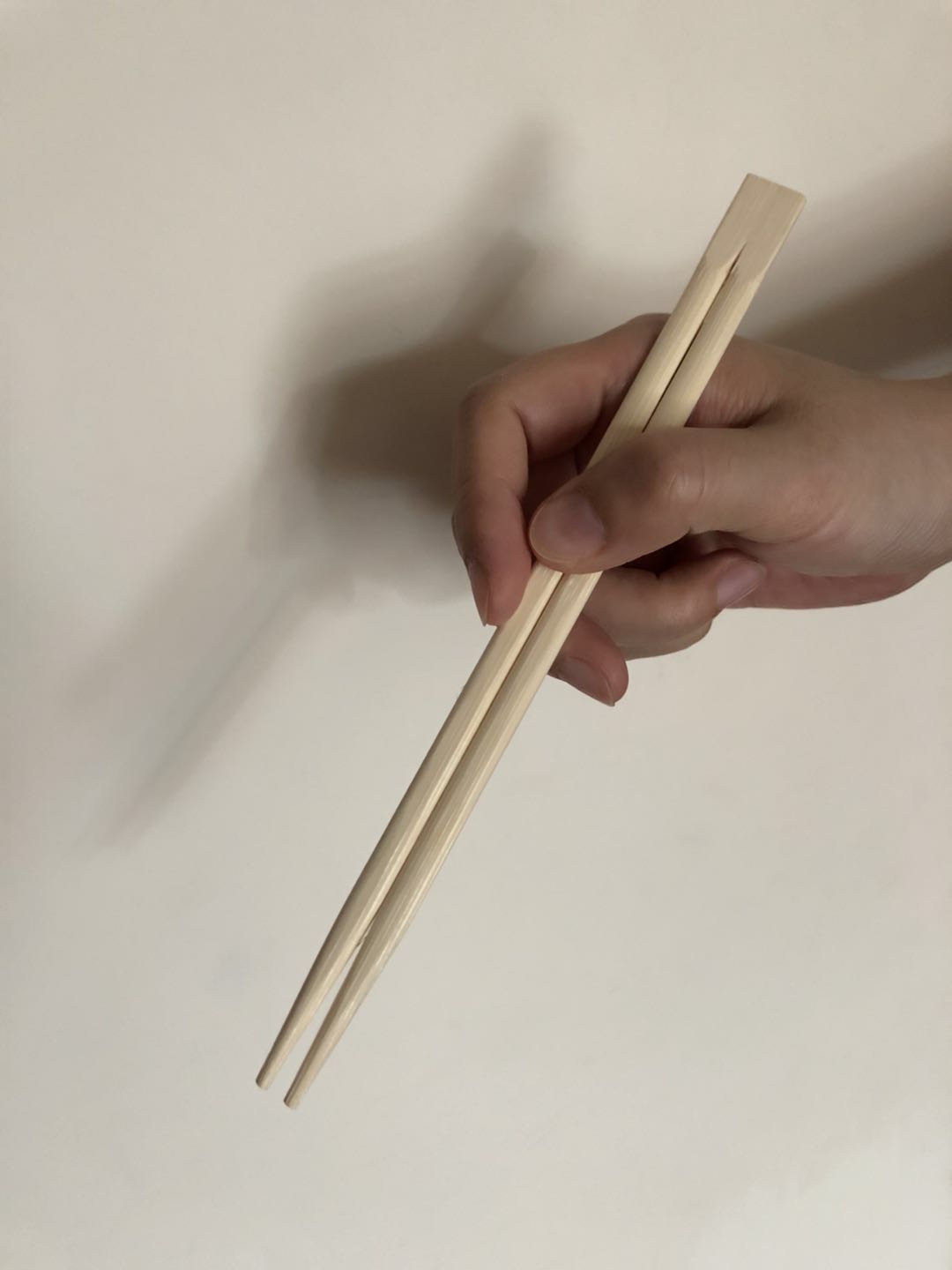How wooden chopsticks affect the environment
Only 16.55% of China is covered with forests, but every year we export about 15 billion pairs of wooden chopsticks to Japan and South Korea. The Chinese market uses 45 billion pairs of disposable chopsticks each year, consuming 1.66 million cubic meters of wood. With only daily consumption of disposable lunch boxes in Beijing, this brings the number to about 800,000 sets of chopsticks, which means that a year would be 292 million sets. A pair of disposable chopsticks weighs around 5.5 grams, and 292 million pairs of chopsticks weighs 1606 tons total, equivalent to 3212 cubic meters of wood, and this does not include heat, sawdust and other waste. Disposable goods such as chopsticks accelerate the destruction of forests. The forest is a carbon dioxide converter, a generator of rainfall, a flood controller and a protected area for biodiversity.
The forests in China are by no means a substitute for the benefits derived from the production of disposable chopsticks. Fast food restaurants usually gives out wooden chopsticks even when the customer requires none. “We must change our consumption habits and encourage people to carry their own tableware,” said Bo Guangxin recently at a gathering of China’s National People’s Congress. The chairman of Jilin Forestry Industry Group noted that only 4,000 chopsticks can be created from a 20-year-old tree, 2 million of which were being cut down each year to produce them. This is because wooden chopsticks are so cheap that even if they were given to every customer, the restaurants still wouldn’t lose money. If the price to make a pair of wooden chopsticks were raised by 4 or 5 times, then restaurants would pay more attention to the waste of wooden chopsticks.
In the British Columbia, a program called the British Columbia Recycling Regulation was founded in 2004. One of the program’s greatest outcomes is that 83.9% of all bottles used are returned for recycling. In 2014, 90.4% of aluminum bottles and 92.1% glass bottles were recycled. When the bottles are recycled, there a certain amount of money is given to the customer. For example, if a glass bottle is brought to the recycling depot in Vancouver, the customer gets 20 cents back. If the same process were to be used with wooden chopsticks, then we could save a lot of wood. We should pay more attention to the environment by reducing the use of wooden chopsticks. We cannot afford to take our environment for granted any longer.
Featured image- Wooden chopsticks given by fast food restaurants to every customer

